Introduction
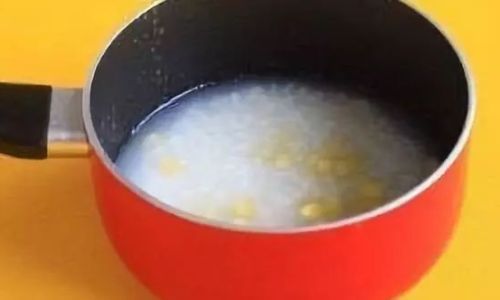
Porridge, a simple yet comforting dish, has been a staple in many cultures around the world for centuries. Whether it’s oatmeal for breakfast in Western countries, congee in East Asia, or kasha in Eastern Europe, the basic principle remains the same: grains cooked in water or milk until they form a thick, creamy consistency. While the ingredients and flavors may vary, achieving that perfect, sticky texture is a universal goal for porridge lovers. In this article, we’ll delve into the intricacies of how to make porridge sticky and creamy, exploring various techniques, tips, and tricks that will elevate your porridge-making skills to the next level.
Understanding the Ingredients
Before diving into the cooking process, it’s crucial to understand the key ingredients that contribute to a sticky and creamy porridge. The most common base is grains, such as oats, rice, barley, or quinoa. Each grain has its unique properties that affect the final texture. For instance, oats contain beta-glucan, a soluble fiber that helps create a creamy consistency when cooked. Rice, especially short-grain varieties like japonica rice used in making Japanese congee, has a higher starch content that gelatinizes during cooking, contributing to a sticky texture.
Milk or water serves as the liquid medium for cooking the grains. While water is the most basic choice, milk adds richness and creaminess. Different types of milk, from whole cow’s milk to plant-based alternatives like oat milk or almond milk, will yield varying results. For an extra creamy touch, adding a splash of cream or coconut milk can be a delightful indulgence.
Salt and sweeteners play a subtle but significant role. A pinch of salt can enhance the flavors and help the starches in the grains swell more effectively, contributing to a thicker texture. Sweeteners like honey, maple syrup, or brown sugar not only add sweetness but can also caramelize slightly during cooking, adding complexity to the flavor profile.
Choosing the Right Grain
The type of grain you choose will largely determine the texture and flavor of your porridge. Oats are a versatile option, providing a nutty flavor and creamy texture. For a gluten-free alternative, try using quinoa or amaranth. Rice-based porridges, like congee, are comforting and easy to digest. Barley adds a chewy texture and nutty flavor, while buckwheat offers a unique earthy taste.
When selecting grains, opt for those that are fresh and haven’t been sitting on the shelf for too long. Older grains may have lost some of their moisture and starch content, making it harder to achieve a sticky texture.
The Cooking Process
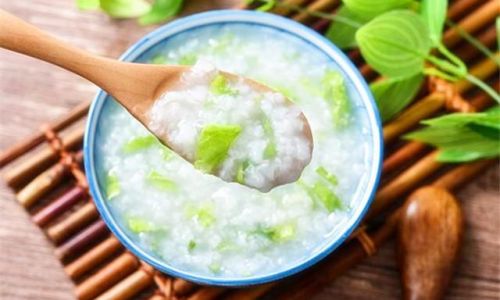
-
Prepping the Grains
- Soaking: Soaking grains overnight can help them absorb water, soften them, and reduce cooking time. It also allows certain enzymes to break down starches, which can contribute to a creamier texture.
- Rinsing: Rinse grains thoroughly under cold water to remove any dust, dirt, or unwanted starches that could make the porridge too gluey.
-
Cooking Techniques
- Ratio of Liquid to Grain: The classic ratio for porridge is usually 2 parts liquid to 1 part grain, but this can be adjusted based on personal preference. For a thicker, stickier porridge, use less liquid.
- Simmering: Always cook porridge over low to medium-low heat. High heat can cause the grains to stick to the bottom of the pot, burning and ruining the texture. Stir frequently to prevent sticking and to help release the starches, which will thicken the porridge.
- Adding Liquid Gradually: If the porridge becomes too thick, you can add more liquid a little at a time and continue to stir. Conversely, if it’s too thin, let it simmer longer uncovered to reduce some of the liquid.
-
Starch Activation
- Mashing: For an extra sticky texture, mash some of the cooked grains with a fork or potato masher. This breaks down more starches, releasing them into the porridge and creating a thicker consistency.
- Using a Blender: For a smooth, creamy porridge, blend a portion of the cooked mixture until smooth and then stir it back into the pot. This method works particularly well with rice-based porridges.
-
Finishing Touches
- Creaminess Boosters: Adding a dollop of cream, yogurt, or even a bit of cornstarch slurry (mixed with a small amount of water) can help achieve a richer, creamier texture.
- Flavor Enhancers: Incorporate ingredients like cinnamon, nutmeg, or vanilla extract for added depth. For a savory porridge, try adding a splash of soy sauce, miso paste, or a handful of chopped herbs.
Storage and Reheating
Proper storage is key to maintaining the texture of your porridge. Store leftovers in an airtight container in the refrigerator for up to 3 days. When reheating, add a splash of milk or water to loosen the porridge and stir frequently over low heat to prevent scorching.
Conclusion
Making sticky and creamy porridge is an art that combines understanding of ingredients, meticulous preparation, and careful cooking techniques. By experimenting with different grains, adjusting liquid ratios, and incorporating creative finishing touches, you can create a porridge that is not only satisfying but also tailored to your personal taste. Whether you’re enjoying it for breakfast, lunch, or dinner, a perfectly cooked porridge is a comforting reminder of the simple joys in life. So, gather your ingredients, fire up the stove, and embark on your journey to mastering the art of making sticky and creamy porridge. Happy cooking!
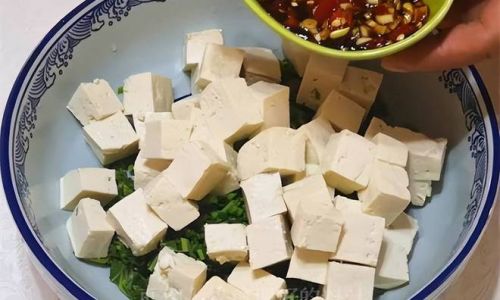
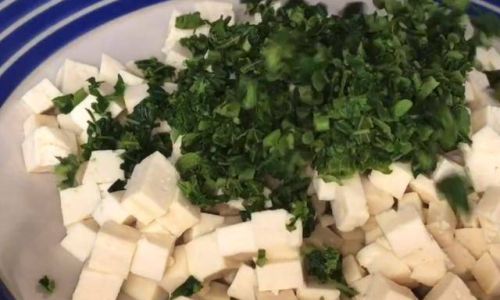
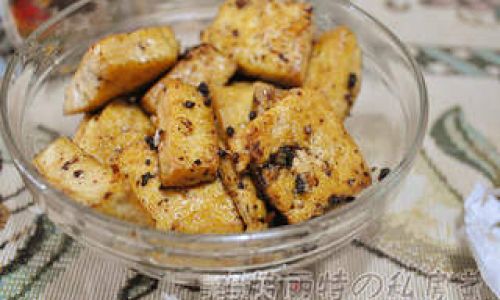
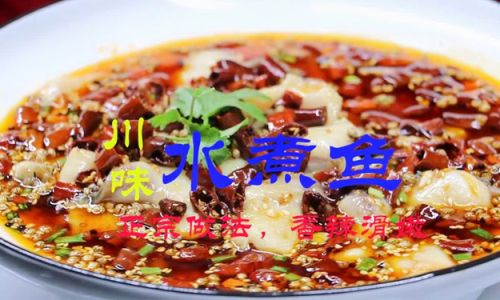


0 comments